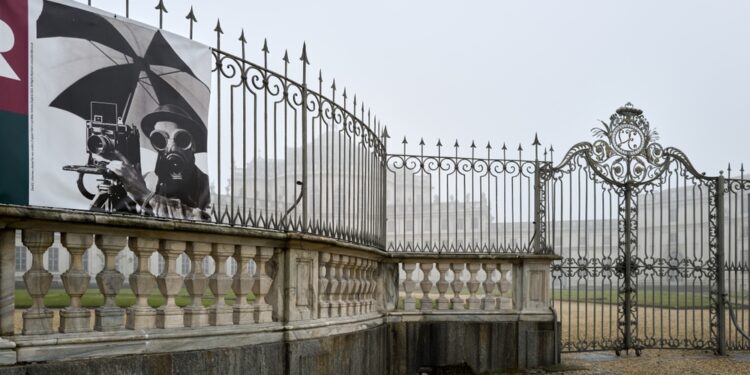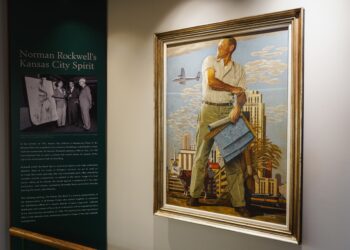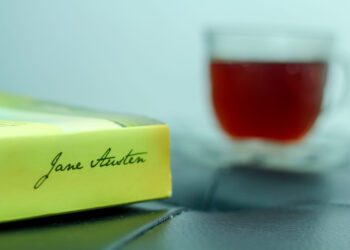Pioneering photojournalist Lee Miller chronicled World War II in pictures and prose as an official war correspondent for Vogue. Her son, Antony Penrose, cofounder of the Lee Miller Archives, shares his memories of some of the most poignant objects in the collection ahead of the theatrical release of “Lee,” a wartime biopic produced by and starring Kate Winslet.
I remember Lee using this particular camera. She bought it around 1937, in the period when she was visiting Europe and met my father, Roland. She had two Rolleiflex cameras and practically all of her war work—from 1939 to 1945—was captured on it or its sister.
The way she worked with it was quite loving. She knew exactly what to do with every part. Her dad was an engineer and she had assimilated mechanics and engineering from him, so the maintenance was not difficult for her. David E. Scherman, her photojournalist colleague, told me that she could take the thing down to the last nut and bolt and put it back together again through the night in some crummy billet. And she had the fearlessness to do it.
The Miller archive began, at least unofficially, about two weeks after my mother died in 1977. My late wife, Suzanna, came down from the attic having discovered Lee’s manuscripts from the siege of Saint-Malo. I read them with astonishment because, for most of the time that I had known her, she had been an alcoholic and a depressive. Suddenly, I had to reevaluate everything because the journalism was absolutely incredible.
We dragged out a huge pile of cardboard boxes neatly tied up with parcel string. They contained something like 60,000 negatives, 20,000 pages of manuscripts, and 20,000 original vintage prints. I think the explanation for this neglected stash was post-traumatic stress disorder. She just didn’t want to go near it. There were letters to and from Lee’s editor, military orders and maps still splattered with mud from Alsace. There were fabulous photographs too—from her Paris studio, from her New York studio and from Man Ray.
The time I liked her best was when she was photographing. She became a different person, and she was so good at explaining the technicalities to me. Why with a Rolleiflex do things seem left to right when they should be right to left? Why is the image in the viewfinder in color but the photograph is in black and white? When you’re a small child, these things are important.
When she was using a camera, it was like an extension of her. Kate Winslet picks this up beautifully in “Lee” because the camera becomes a personality in itself, a witness to history. Kate found one of the last Rolleiflex technicians in the world, an amazing guy named Claude Samaran, to create an exact replica of this camera, down to the last detail. She took the trouble to really learn how to use that camera and spent a lot of time at the archive sitting alone with the stuff, just contemplating it.
I know Lee did recognize her work’s historic value. At the end of the war, she was furious with poor Audrey Withers at British Vogue because it had not published more of her Holocaust images. She flew into a rage and started snipping up her negatives. Lee said, “I don’t want anybody else to have to see what I witnessed, but I’m going to leave enough of these so that people know what really happened.” —As told to James Haldane
By Antony Penrose/Courtesy Sotheby’s












